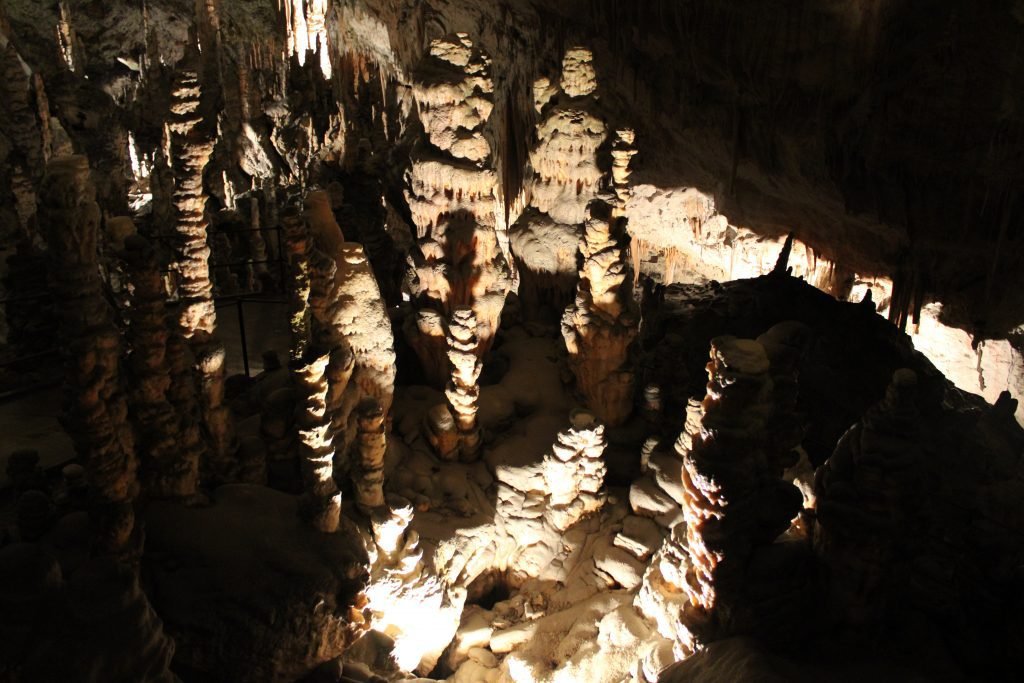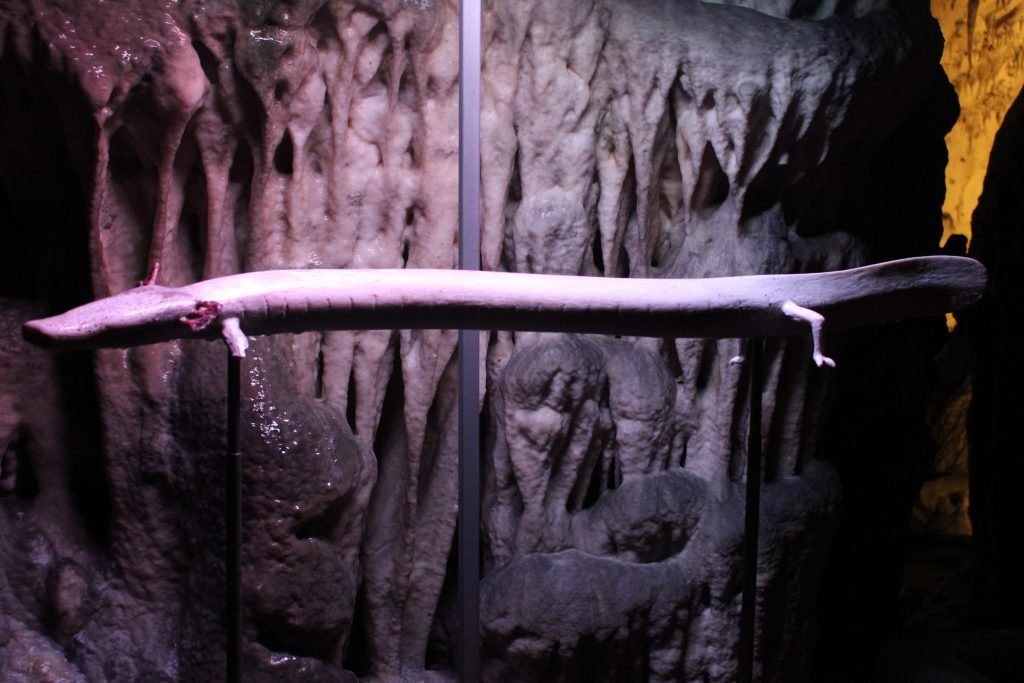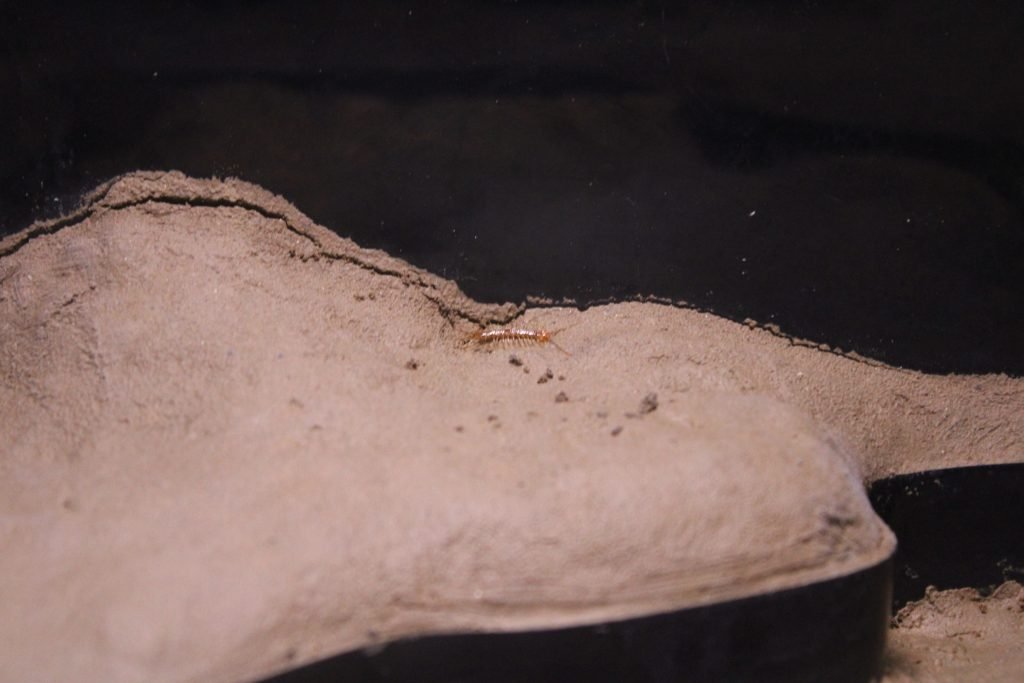The cave in Postojna city, Slovenia, is a natural wonder. As usual, what is shown in this post isn’t all the exhibition.
Entrance of Postojnska Jama
Jama means “cave” in Slovenian.

Next to park there is Pivka river, which pass under the cave.



Infrastructure to receive tourists, with restaurant and souvenir shop.

The entrance to Postojna cave is in back of photo below.


Postojna cave tour
The cave tour is made in separated groups by language, accompanied by a guide. First, me and my group got on an electric train which runs for 3.5 km in cave and then we walk more 1.5 km by foot. Must walk always in group following the guide. Can’t touch in anything, neither take selfies or photograph animals. During walking, I was able to take some pictures from inside this magnificent cave. The ceiling tips are called stalactites.

Lower protuberances are stalagmites. The formations of these tips will be subject to a future post. When walking through cave, lights came on automatically. Lamps are positioned to give an indirect lighting.






The cave has three different chambers. The first one has very thin stalactites.

This is white chamber.

And red chamber.

These two stone sculptures are symbol of Postojnska Jama and appear in park’s logo.


Vivarium
In Postojna’s cave network live 150 species, some are very difficult to see. Inside caves, temperature is 10ºC during the entire year. Humidity is high and constant. Environmental variations in the cave are: Changes in air flux and water volume, which bring nutrients. The most famous animal is the olm (Proteus anguinus). It’s not allowed to take pictures of this animal, this is an olm sculpture.

Some facts about olm:
- Can live 10 years without food.
- It’s blind, can detect Earth’s magnetic field.
- It’s in top of food chain in Postojna cave ecosystem.
- When was discovered and described in 1689, it was believed to be a dragon cub.
- Inner ears can detect sounds and infrasound in water.
- Has gills and primitive lungs, the latter is used as swimming bladders.
- Can live until 100 years.
- Ancestors of the species moved to underworld, where survived climate change millions of years ago.
This bug is slender neck beetle, whose scientific name is Leptodirus hochenwartii. Was discovered in 1832, wings are stunted, move through cave with long antennas. It feeds from dead animals and speleothems.

This centipede is one of few living beings from caves which kept pigmentation. Usually hunts arthropods, the first limbs close to head are poisonous claws.

These are cave snail (Zospeum spelaeum spelaeum), there are 20 known species and half live in Slovenia.

The only part of Postojnska Jama I didn’t visited was Predjama castle. In winter, the cave below castle is closed due to bat’s hibernation.



